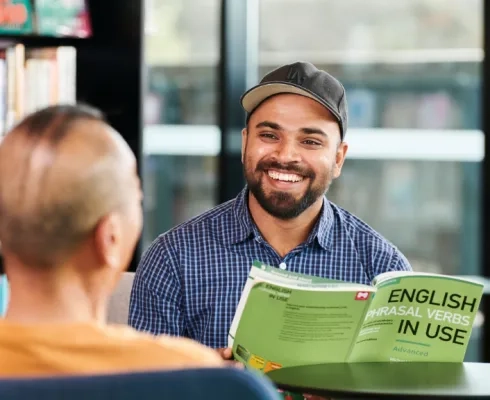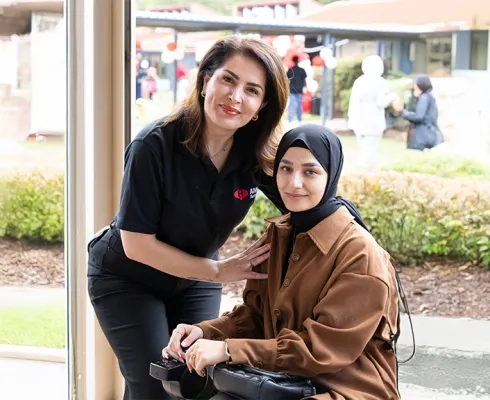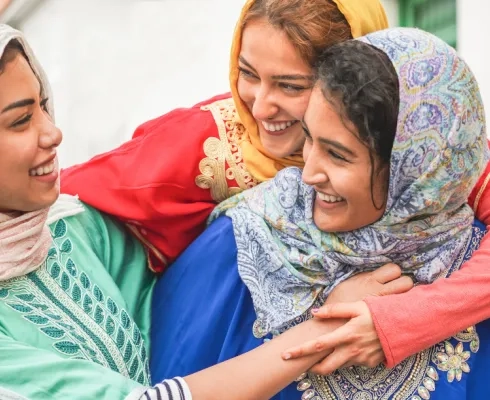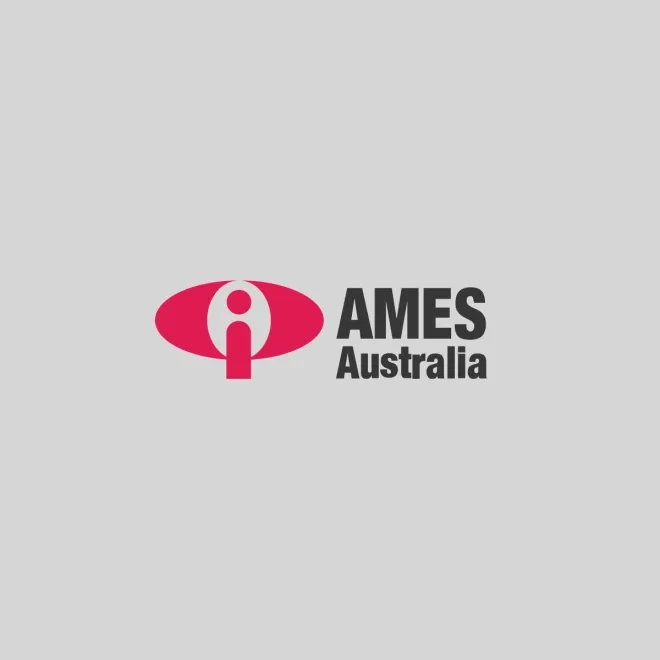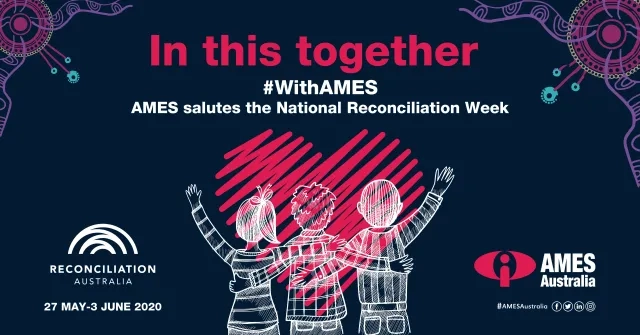
National Reconciliation Week is a time for Australians to come together regardless of their background.
The theme for this year's National Reconciliation Week (NRW) is: "In this together". Reconciliation Australia recognises that this resonates in ways we could not have foreseen when it was announced last year, but it reminds us whether in a crisis or in reconciliation we are all in this together.
We all have a role to play when it comes to reconciliation, and in playing our part we collectively build relationships and communities that value Aboriginal and Torres Strait Islander peoples, histories, cultures, and futures.
What is National Reconciliation Week (NRW)?
NRW is an important annual event for all who call Australia home. NRW's dates are fixed each year — May 27 to June 3 — chosen to recognise two important anniversaries: the 1967 referendum to alter the Australian Constitution allowing recognition of Aboriginal and Torres Strait Islander peoples in the census and federal laws, and the 1992 Mabo decision of the High Court of Australia.
These historic dates still matter today; they show us that Australians have come together in the past to stand up for what is right and that we can build a brighter future together.
1967 Referendum
May 27 is the anniversary of the historic 1967 referendum, where Australians voted to amend two parts of the Constitution that excluded Aboriginal and Torres Strait Islander people from voting.
This was the highest ever "yes" vote in a referendum - some people say it was the most unifying moment in our history! It's still important today as it shows what can happen when Australians come together and stand up for what's right.
The Mabo Decision
June 3 is the anniversary of the 1992 landmark High Court Mabo decision, which rejected terra nullius and recognised First Nations people as traditional custodians of Australia for the first time.
When Europeans first arrived in Australia they said it was 'land belonging to no one'. The Mabo decision legally and symbolically acknowledged original inhabitants and changed the way we all think about Australia's history.
Watch the extract below from Sharing Our Story.
https://australianstogether.org.au/resources/nrw/
Acknowledgement of Country
As part of NRW, AMES will publish its Acknowledgement of Country through a formal banner which will be placed across email signatures, throughout the website and publications, which acknowledge the traditional owners and Elders past and present across Australia and bring awareness to First Nation people being the custodians of the land.
On February 4, 2020, the AMES 'Acknowledgement of Country' banner was created together with our Indigenous employees Fiona Anning, Industry & Client Manager, Employment Operations and Liam McIntruff, Summer Intern, part of the Barring Djinang Indigenous Program. Also contributing to the making of this banner were: Cath Scarth, Chief Executive Officer, Nino Cipriani, Manager Client Experience, Lucia Halliburton, Senior Manager Development and Innovation, Arthur Chan, Social Media Curator, Paul Kellner, Research and Policy Project Lead and Jubie Patrolla, HR Officer – ER.
Here are some ideas for how to acknowledge the Land you are on and join in.
At home
- Record your Acknowledgement of Country via a video.
- Take a photo of you, friends, or family with the name of the Traditional Owners, or a sign of Acknowledgement.
- Make chalk art or signs on your driveway and upload photos or video.
- Take a photo and share with the People and Development Team.
At work / school
- Record a video message at your workplace or a photo Acknowledgement.
- Ask and encourage your colleagues to take part to create a collage or compilation.
- If working remotely, host a zoom meeting with colleagues and ask everyone to hold a sign Acknowledging the Land they are working on.
- Take a photo and share with the People and Development Team.
How do I find out more about the Traditional Owners of the land I am on? The AIATSIS Map of Indigenous Australia is a good guide to the Traditional Owners throughout Australia.

